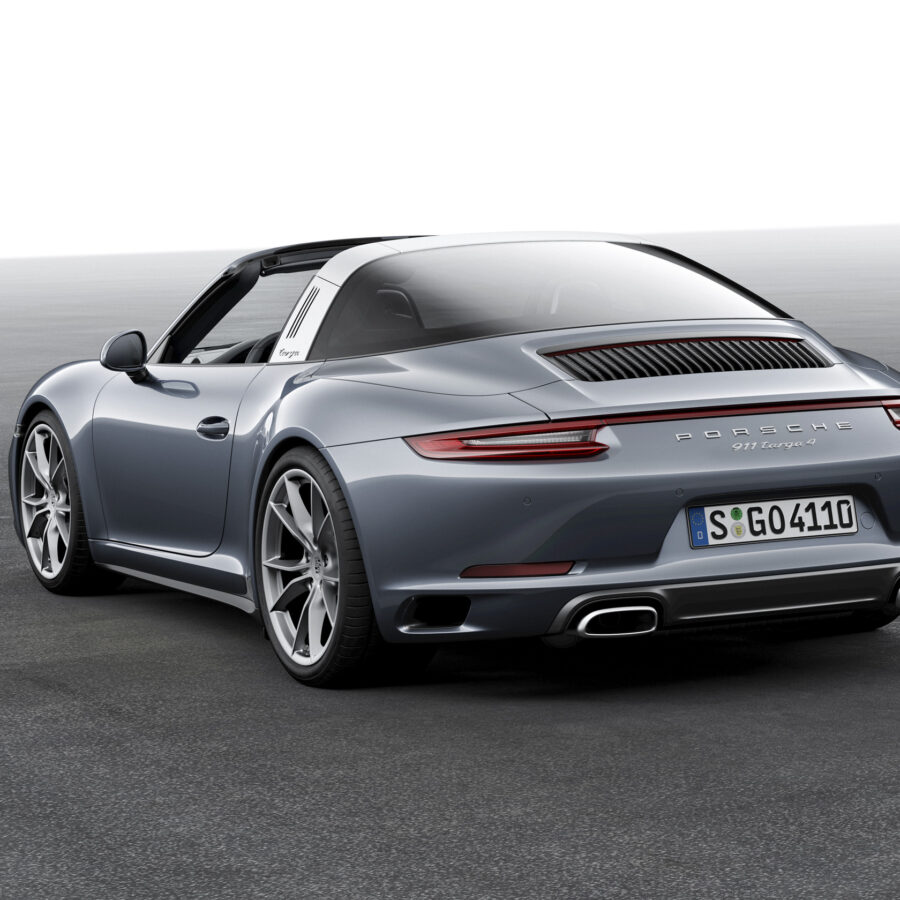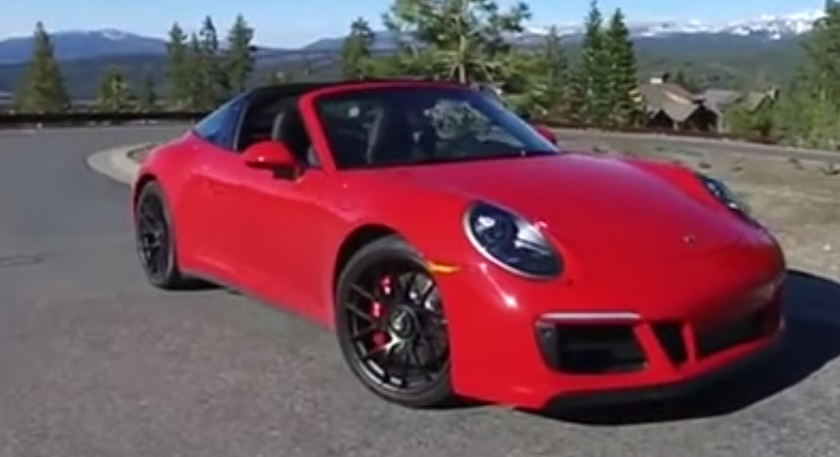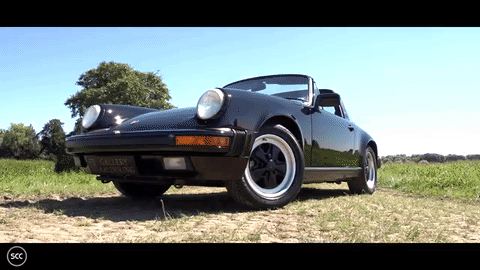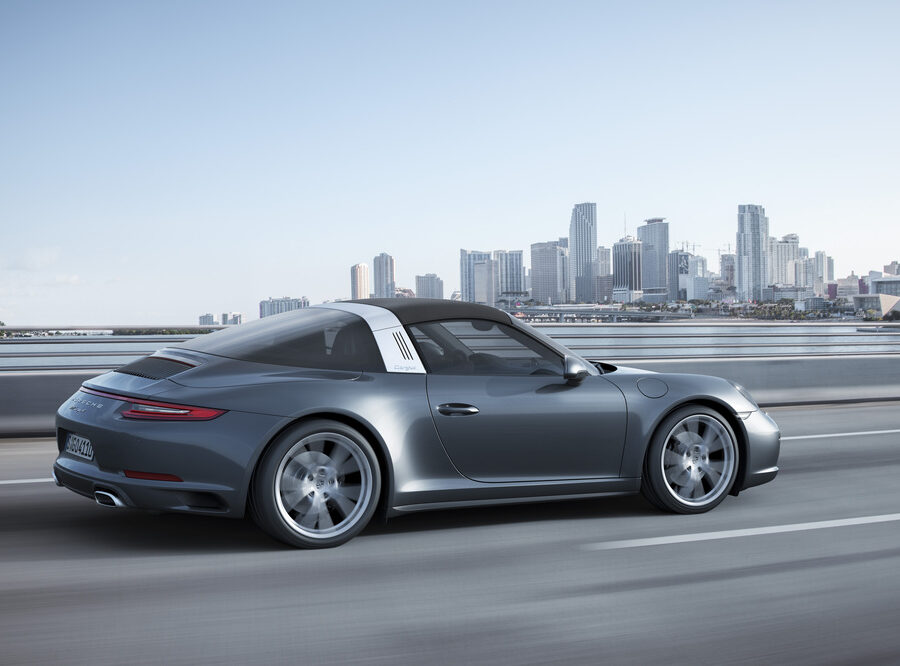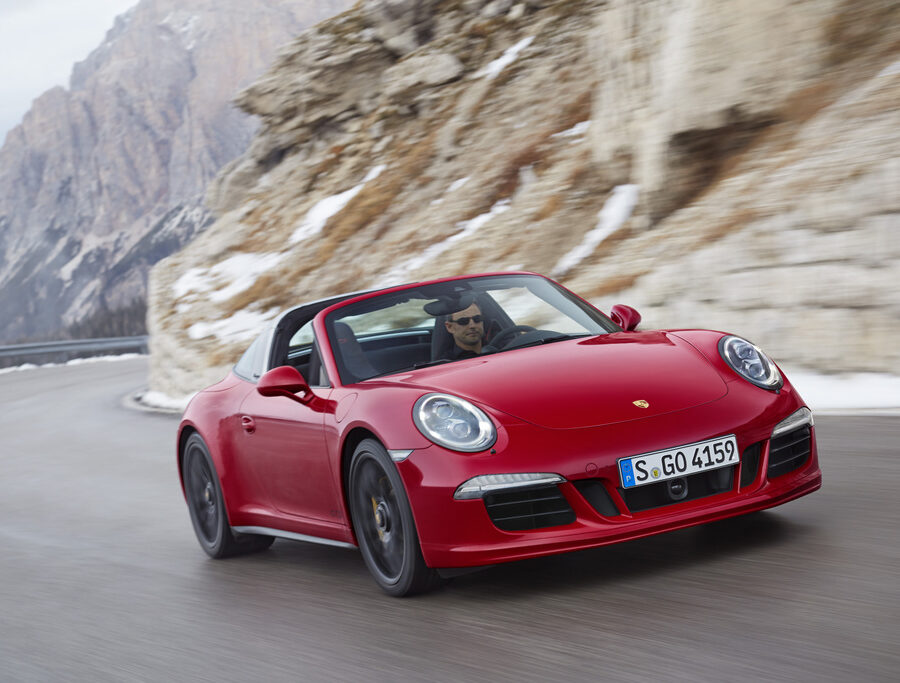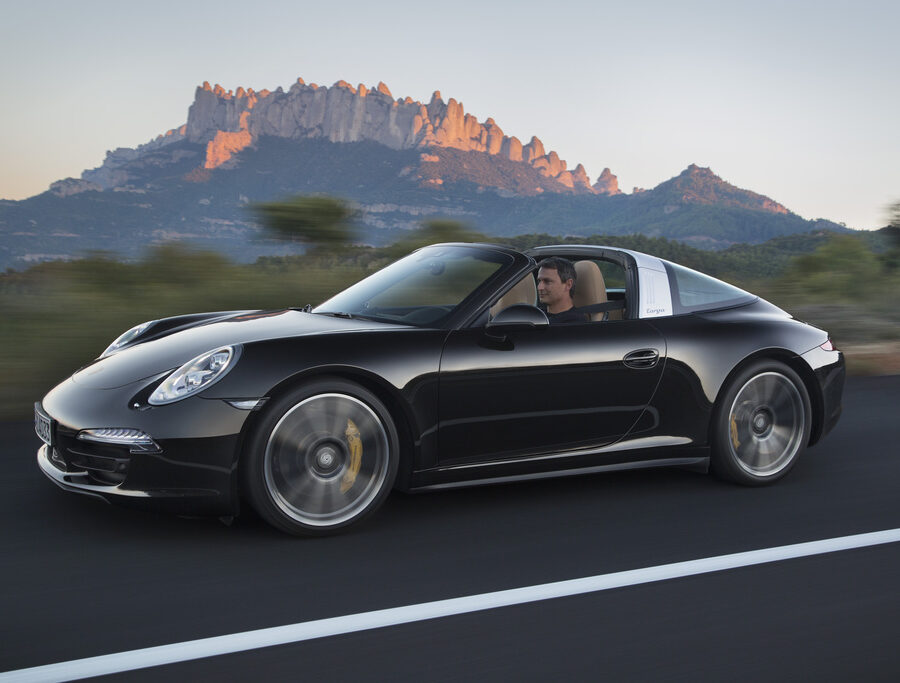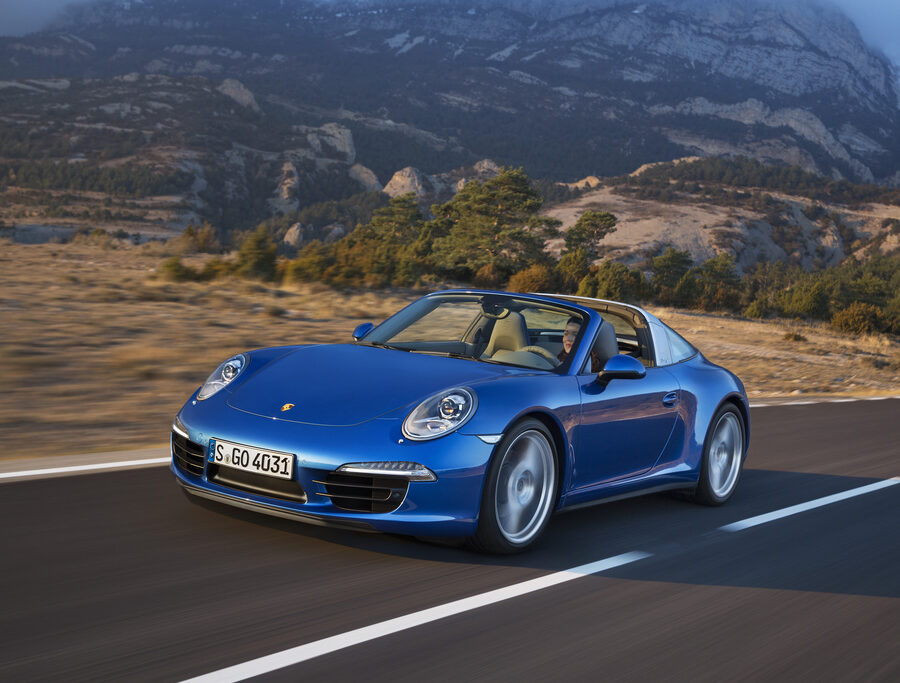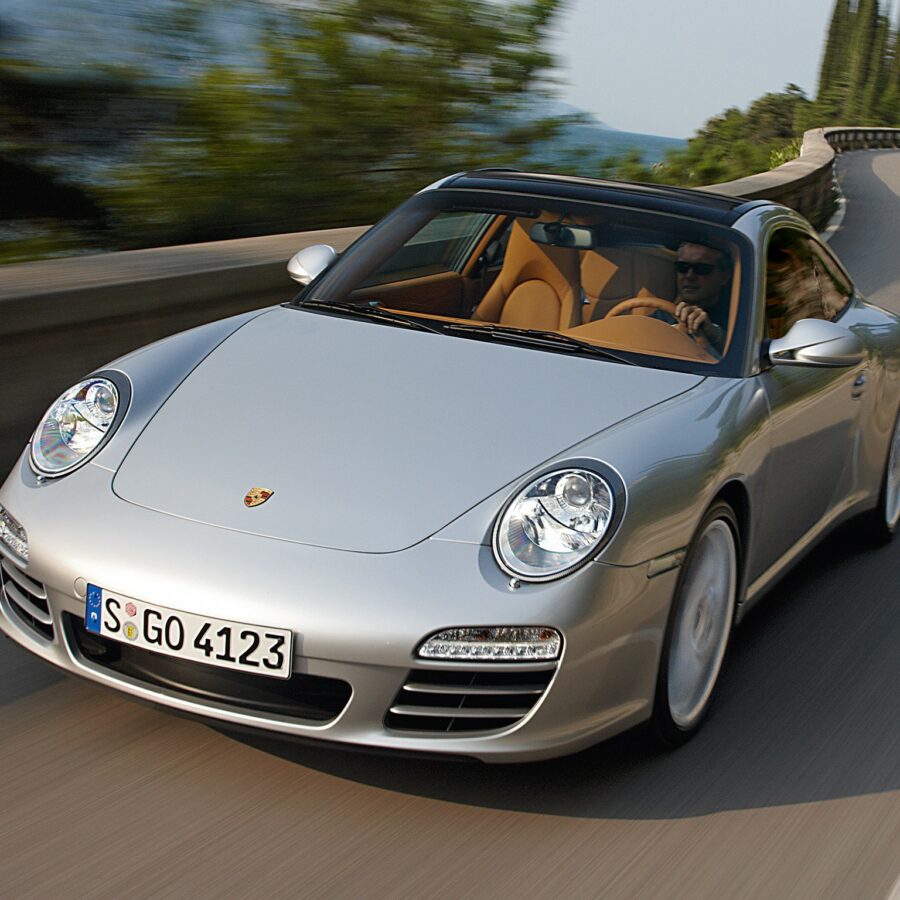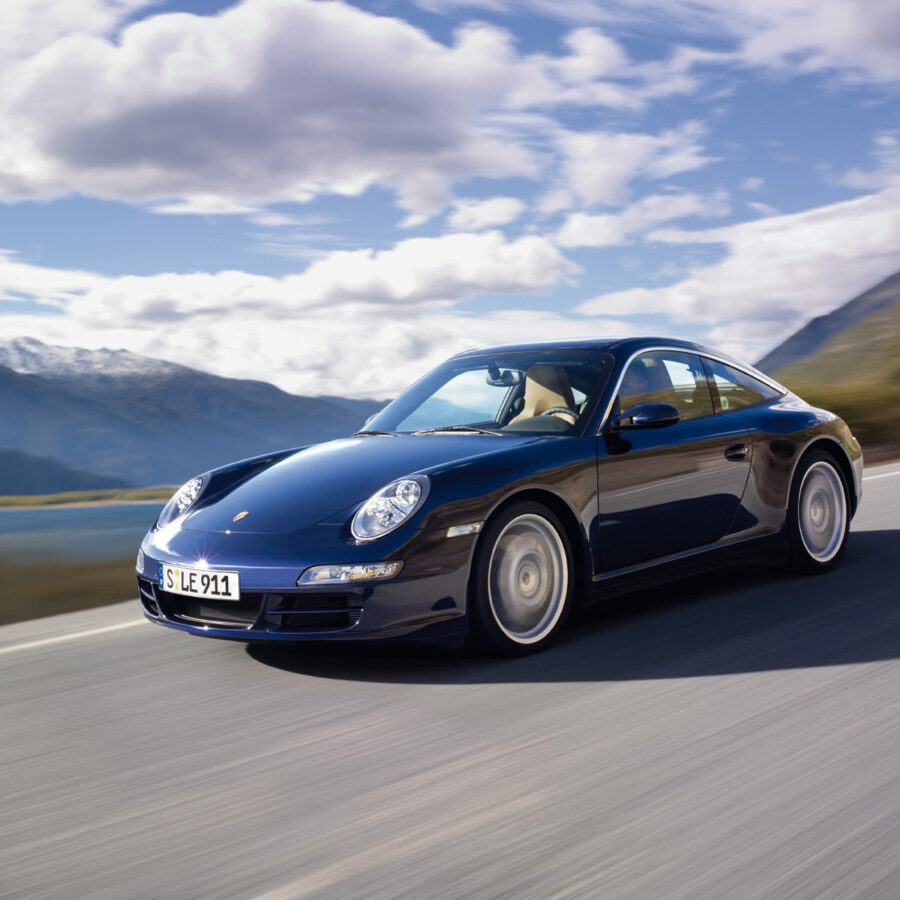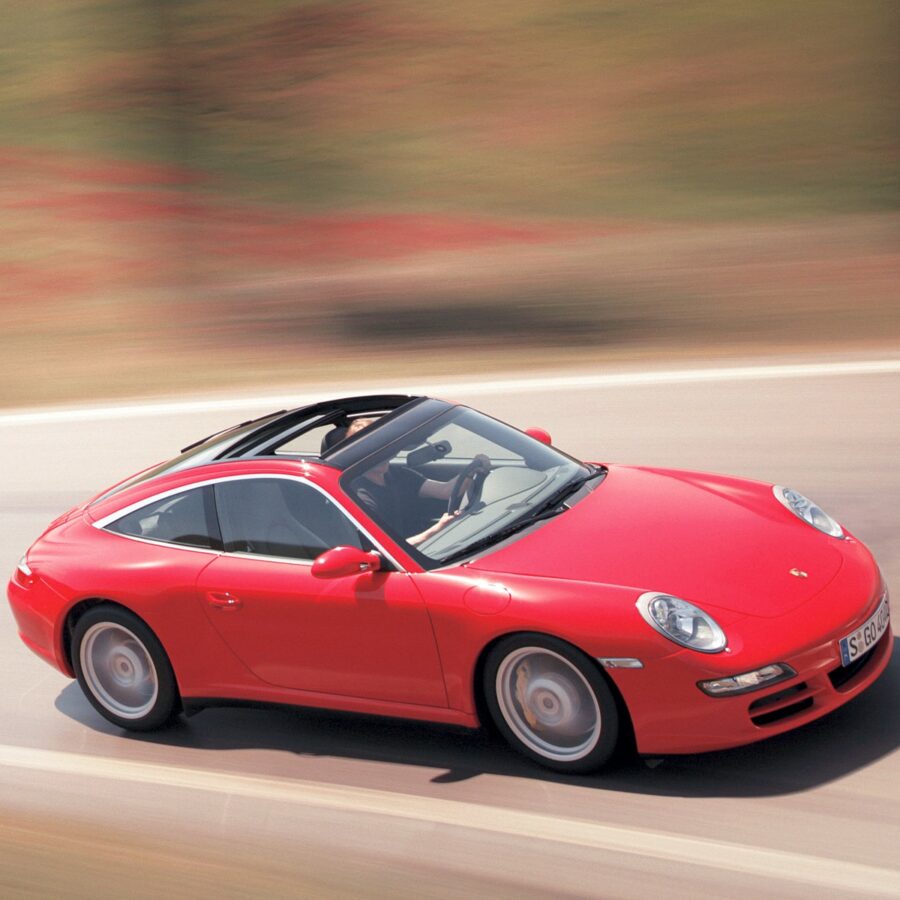Porsche 911 Targa (993) (1996 – 1998)
In 1996 Porsche expanded their 911 range by offering a new take on the classic Targa.
Porsche 911 Targa 4S (991.2) (2016 – 2019)
The all-weather 911 is even better with a turbocharged engine
Porsche 911 Targa 4 (991.2) (2016 – 2019)
New 3.0 liter twin-turbo flat six. More usable than ever. Still stylish and sexy.
Porsche 911 Targa 4 GTS (991) (2015 – 2016)
Sporty, stylish and super-fast all-weather stunner from Porsche
Porsche 911 Targa 4S (991) (2014 – 2015)
Offer the perfect halfway house between the coupe and convertible. Now with the cool new (old) proper Targa style
Porsche 911 Targa 4 (991) (2014 – 2015)
Will the original Targa please stand up
Porsche 911 Targa 4 (997.2) (2009 – 2012)
Glass-roofed variant gets an update along with the rest of the Porsche 997 range
Porsche 911 Targa 4S (997) (2007 – 2008)
Softer spring rates than the coupe. More leather in the cabin and better equipment. All-wheel drive security.
Porsche 911 Targa 4 (997) (2007 – 2008)
A Practical 911 With Strong Performance to Match




